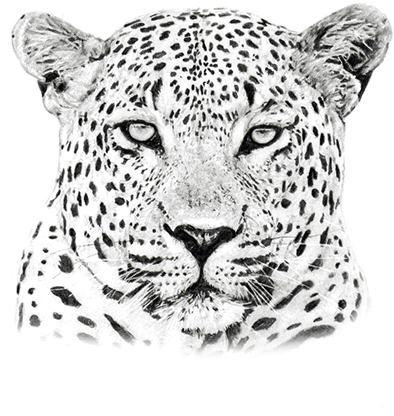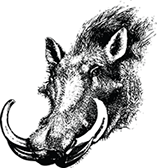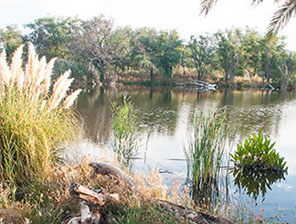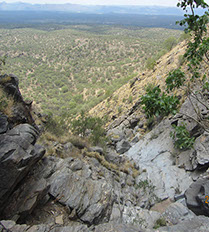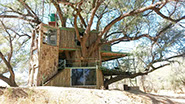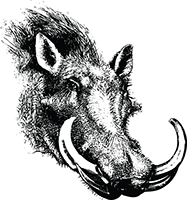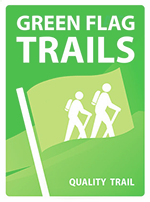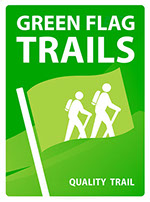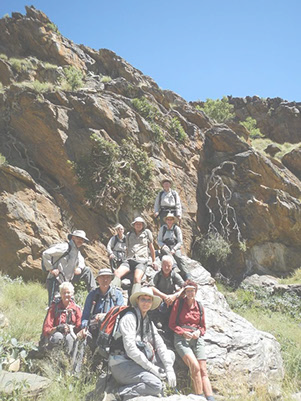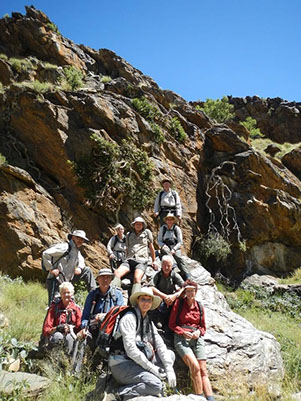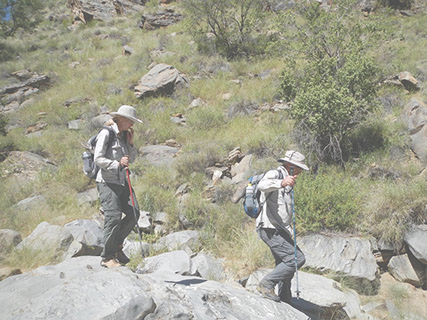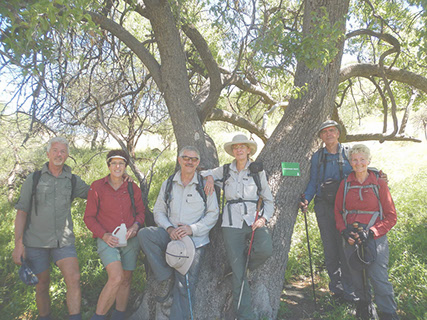MONTE CHRISTO
KHOMAS HOCHLAND
HIKING TRAIL
Be One With Nature In Namibia
Book Today for the time of your life »
MONTE CHRISTO
KHOMAS HOCHLAND
HIKING TRAIL
Be One With Nature In Namibia
Book Today for the time of your life »
MONTE CHRISTO
KHOMAS HOCHLAND
HIKING TRAIL
Be One With Nature In Namibia
Book Today for the time of your life »
Hiking At Monte Christo
Part Of The Khomas Hochland Hiking Trail
Monte Christo offers a range of attractions and activities as
well as accommodation, all close to Windhoek.


The Khomas Hiking Trail Namibia
Monte Christo Farm
Find out More!!
Hiking in the River bed
Monte Christo Farm
Find out More!!
over the rocks
The Khomas Hiking Trail Namibia
Opened in June 2015, the new Khomas Hochland Hiking Trail covers a total distance of 91km over 6 days. It winds through the most alluring and rugged part of the Khomos Hochland crossing 5 farms - Duesternbrook, Otjiseva, Onduno, Godeis and Monte Christo. There is also an option to do a 4 day (53 km) hike.
We are certain it will attract hikers interested in geology, bird-watching, trees and other plants, wildlife especially reptiles, archaeology and those who just love a hike through mostly unspoiled nature, walking in dry river beds and over the rolling hills of the Khomas Hochland.
The route is well marked and should cause no problems to hiking groups. Fences are crossed with ingenious steps using old car tyres. The overnight places are well designed - catering for all hikers' needs. This includes hot showers (solar heated or using a 'donkey'), clean toilets, braai facilities and a covered sleeping area with optional mattresses.
Lots of big trees provide ample resting spots along the route. The scenery is special. All kinds of game - Oryx, Kudu, Warthogs, Zebra, Waterbuck, Baboons, Klippspringer and more are plentiful. You might even see a Leopard or two. Birdlife along the Aretaragas and Otjiseva rivers and at the dams can be enjoyed in abundance. Eagles, Waterbirds, Lovebirds and lots of others will accompany you along your way.
However there are also shorter day hiking trails on the some of these farms. Duesternbrook, Godeis and Monte Cristo offer day hiking trails vaying from 5 - 18km. These can be combined with a weekend getaway of camping with family and friends. These Farms are all a stone throw away from Windhoek and also accessible with a sedan.

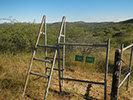
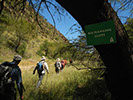
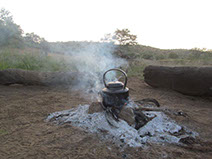
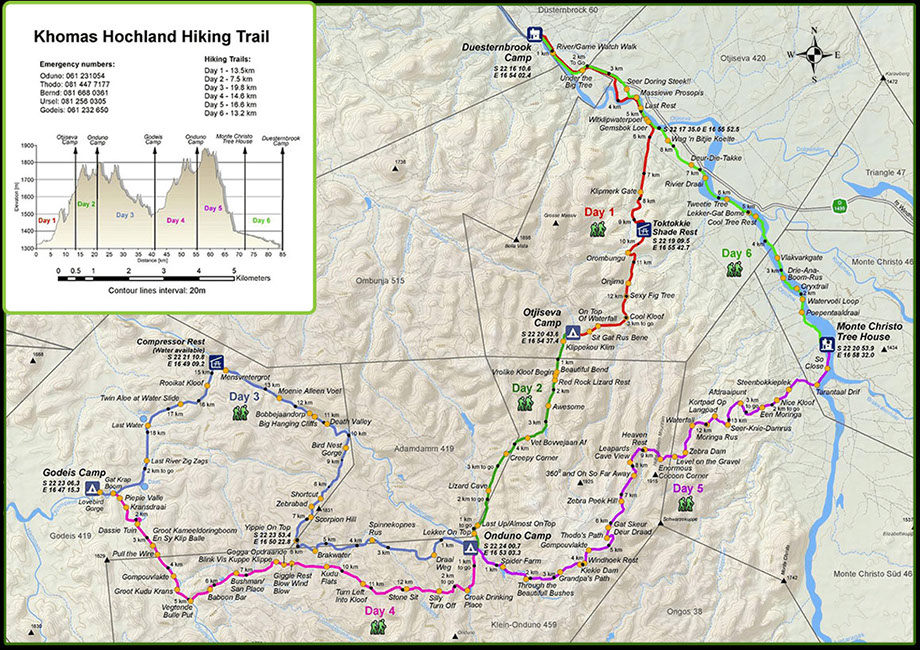
Trail Information
Day 1 (15 km)
The trail starts at the Guest Farm Düsternbrook, follows the Otjiseva River on the Otjiseva Farm, passing UNDER THE BIG TREES, RIVER/GAME WATCH WALK and GEMSBOKKOELTE before turning into the mountains. The vegetation is of the Bosveld type and the often large trees provide lots of shady places to rest, for instance under the BIG FIG TREE REST, where we had lunch – near 12km. The owner of the farm showed us rock engravings at KLIPMERK GATE. The meaning of these engravings is still unknown. We rested a lot on rocks in the river bed. The path leads along some narrow kloofs with some interesting rocky waterfalls – one too high to climb and a path was made up a hill and around it. From the top of the mountain - at the TOKTOKKIE TRACK REST- we had impressive views of the surrounding hills and flatter countryside looking towards Windhoek. A last an easy climb leads to the beautiful setting of the overnight stop GUSTAV POSTEN, still on the farm Otjiseva, next to a big dry dam. It is completely in the wilderness and the sounds of Africa’s wild animals are heard and game seen, without having to be quietly. Some interesting signs boards are SEXY FIG TREE, THE-ROCK-UNDER-THE-ROCK, SIT-GAT-RUS-BENE.
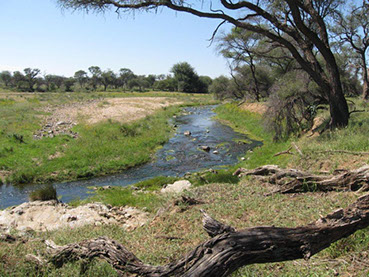
.jpg?crc=305752661)
Day 2 (8 km)
We follow again a riverbed on the KLIPPEKOU KLIM uphill until we reach the border with the farm Onduno before the SLAGYSTERKLIP gorge. We sit a while on the rocks at the RED ROCK LIZARD REST waterfall and spend some time at the PARTRIDGE POOL and watch lots of birds coming to drink water. At a farm dam, with water for a large number of cattle, we are met by the owner of this farm. He explains to us the route downhill into another riverbed with Oryx, Kudu, wonderful flowers and trees, past the CREEPY CORNER. We have lunch at the side of a farm road under some shady bushes at the top of a hill where there is a nice breeze - this is experienced at higher spots on the trail. Then up a hill to YIPPIE ON TOP ...!! Early in the afternoon we arrive at the next overnight place - also next to a dam - where we have enough time to explore the surroundings and observe the bird and animal life. The camp is below the LOOK UP!! BABOON MOUNTAIN, on the bank of a small dry river in between two rocky hills with steep kranses. The one hill is called Bobbejaan kop - obviously a baboon sleeping place.
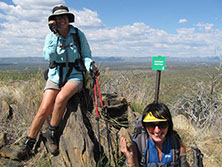
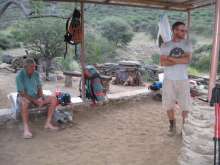
Day 3 (21 km)
On this day we cover the longest distance of 21km. It start by going up and down on hills and grassland areas, with small bush and beautiful vistas, where we see lots of gemsbok, kudu and zebra, passing KOELTE BOOM and DEATH IN THE RIVER. After crossing the corner border to Godies, at 6km and climbing the SCORPION HILL we reach ZEBRABAD and cross over into two valleys with a beautiful long valley down BIRD NEST GORGE, where leopard tracks leads us down to the lunch spot in the Middagrivier at 10km. A 4 m long python lying in the sun in a rocky area before the DEATH VALLEY gives us exiting moments. We follow this long bigger dry river, for about 3km, with very high cliffs past BIG HANGING CLIFFS and the MENSVRETERGROT to the COMPRESSOR REST. In the ROOIKAT KLOOF a steep climb and crossing at 16km takes us to another valley past the TWIN ALOE AT A WATER SLIDE and LAST WATER. Just before we reach our next overnight place we have to climb up and down rocks in the narrow impressive LOVEBIRD GORGE. We saw and heard the Rosy-faced Lovebird that breeds here, but we also had a close encounter with a 3 meter long Black Mamba. Just before sunset we meet with Ursel, the owner of Godeis, with beers for our sun downer drink, on the Sun downer hill above the overnight camp, to watch a beautiful sunset scene as the sun go down behind the many mountains of the Khomas Hochland.
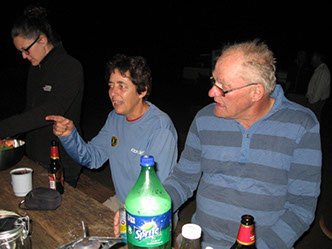
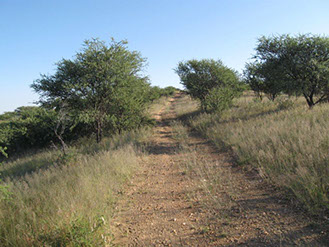

Day 4 (16 km)
We leave our overnight place again through the LOVEBIRD GORGE, past GATKRAP BOOM and turn right into the Otjompaue river, which forms a wide valley. Passing the PIEPIE VALLE and the GROOT KAMEELDORINGBOOM EN SY KLIP BALLE, which brings us to the Onduno Farm border and the VEGTENDE BULLE PUT. The BABOON BAR gorge is something special. We see many, unfortunately dry dams and a number of San places one at BUSHMAN/SAN PLACE. After the ZEBA PEEK HILL, GOGGA OPDRAANDE you can have lunch at BLOW WIND BLOW - GIGGLE REST. We passed KAALGAT RANTE and STONE SIT to a point, where we rested for the last time and looked at the Onduno homestead at ANKE’S HOUSE VIEW. Then down to the big dam with lots of water and the CROAK DRINKING PLACE. Suddenly we were back at our Day 2 overnight camp. We had excellent weather on our whole trip, sometimes even a bit too warm, but during this night the thermometer fell to about 5°C.
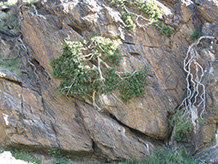
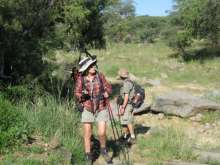
Day 5 (15 km)
Each day brings interesting vistas and so did this day not disappoint! We had a pleasant hike past LEKKER SWIMMING, THROUGH THE BEAUTIFUL BUSHES up on GRANDPA’S PATH, past KIEKIE DAM to the WINDHOEK REST. Windhoek city can clearly be seen in the distance. We TAKE IT SLOW BUT GO on THODO’S PATH through GAT SKEUR DEUR DRAAD to the highest point at 360⁰ AND OH SO FAR FAR AWAY!! with the best views all round of the whole trail, seeing as far as Okahandja and Windhoek while resting a round hill just under 2000 m above sea level.
After we have done some ups and downs past HEAVEN REST, BERND’S MOUNTAIN REST and ENORMOUS COCOON CORNER, we crossed the border to Monte Christo Farm on LEVEL ON THE GRAVEL to the WATERFALL. We climbed down this breathtaking high waterfall with 5 well secured wooden ladders. We pass KORT-PAD-LANG-PAD, with a well deserved rest at SEER-KNIE-DAMRUS and walking past the STEENBOKKIE PLEK we finally reach the Aretaragas River at TARENTAALDRIF. Breathtaking hiking for a kilometre along this river, watching hundreds of water birds and plenty of game pass SO CLOSE, we come to the Tree House, our overnight place on this farm. This tree house is a 3-storey building, built around and in a massive big Ana tree, with double decked 5 star toilets, a lookout and braai area on the first floor, overlooking a dam constructed round the tree. This was very special.
We took a walk to the Monte Christo home. It has a number of small lakes, which is ideal for bird watching such as water birds and Fish eagles. In total on this hike we identified more than 50 species of birds. We saw many oryx, waterbuck, springbok, zebra, kudu, warthogs and other small mammals.
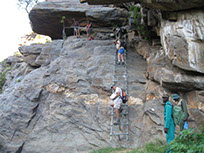
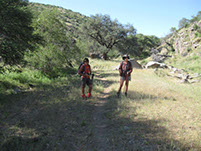

194x145.jpg?crc=3899195725)
Day 6 (14 km)
The last day of the KHHT is a pleasant walk along the Otjiseva River with a number of river crossings and passing the following markers DRIE-ANA-BOME-RUS, COOL TREE REST, VLAKVARKGATE, WATERVOëLS LOOP and WATER KLIPPE. This day led us from Monte Christo via Otjiseva back to the starting point at Düsternbrook.
General Remarks
The Khomas Hochland Hiking Trail is an excellently planned trail, and goes through widely varied landscapes. The distances require a certain amount of fitness, but the possibility of slack packing and being able to buy meat, bread and drinks from the farmers every day, should make it possible for more hikers. We are sure it will attract a very large number of hikers from all over Southern Africa and even tourists from overseas. We expect that in due course it will become the most hiked trail in Namibia after the Fish River Canyon.
Some walking is on farm roads and makes a difference at some places.
It was wonderful to see the enthusiasm, with which the farm owners accepted and supported the idea of this hiking trail. We wish everybody involved a great success with this tourism venture in Namibia.
Thanks
We want to thank everybody involved and especially the Hiking Organisation of Southern Africa (HOSA), who made our trip to Namibia possible. A special word of thanks goes to the owners of the farms, from whom we got real VIP treatment. They went out of their way to give us their fullest assistance and support when we made some suggestions for improvement or change to the trail. We also thank NamPlace, especially Aaron, for the transport arrangements from and back to the air port as well as the promise of financial support to our travel costs. We thank Albert Bossert for the wonderful idea and planning of this hiking trail and for his patience and leadership along the full trail. Finally, we thank all members of our hiking group and all those who walked with us on parts of the trail, for their willingness to share their time and wide knowledge of this wonderful part of Namibia. It made this hike a very special experience.
TRAIL DAY 1
TRAIL DAY2
TRAIL DAY 3
TRAIL DAY 4
TRAIL DAY 5
TRAIL DAY 6
WHAT IS A GREEN FLAG TRAIL?
Green Flag Trails is a voluntary quality and sustainability eco-label for trails.
Trails with Green Flag status ensures the best possible hiking experiences to hikers. Trails are however not graded subjectively from good to bad. Instead the system centres on the concept of allowing hikers, by supplying detailed information, to make their own informed decisions of the trails they’d like to walk. Green Flag Trails is thus an accreditation programme that seeks to offer hikers all the information needed to ensure the hike meets their expectations.
Contrary to other systems that make use of someone’s opinion of how a “good trail” should look like, Green Flag allows the hiker to make his/her very own assessment of what type of trail is preferred, and thus ensures a good experience.
By assessing the environmental conditions as well as safety along the trail, Green Flag ensures sustainable trails in terms of conservation of the environmental resources as well as the quality of experience had by hikers.
Green Flag accredits trails through its unique audit procedure and identifies, acknowledges and rewards those trails that demonstrate and practice responsible management.
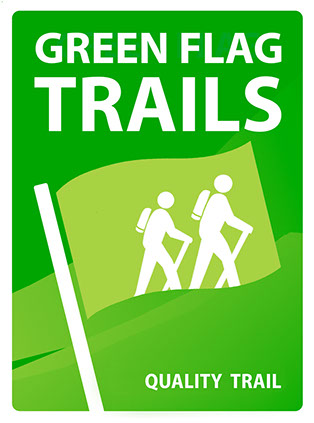
Fauna Birds
Bird diversity in the landscape is high and the species present include many of Namibia's endemic bird species such as Rüppell's parrot, Monteiro's hornbill, rockrunner and white-tailed shrike. Other species include blackfaced waxbill, short-toed rockthrush, whitebacked mousebird, Cape penduline tit, ashy tit, shaft-tailed whydah, and cinnamon breasted bunting. Over 300 bird species have been recorded within the landscape. One of the main features of the Daan Viljoen Game Park is the reservoir around which the bungalows and picnic sites are situated. As this is a permanent source of water, it attracts bountiful birdlife and other wildlife.
» Species list of birds
Mammals*
At least 75 species of mammals are expected to occur in the landscape. Of the mammals, 6 species (8%) are endemic to Namibia. Mammals include shrews (2 species), hedgehog, elephant shrews (3), bats (13), bushbaby, baboon and pangolin, hares/rabbits (3), molerat, squirrels (2), porcupine, springhare and dassie rat, rats and mice (17), carnivores (17), aardvark, rock dassie, warthog, antelopes (7).
» Species list of mammals
Reptiles*
At least 78 species of reptiles are expected to occur, comprising at least 36 snakes (3 blind snakes, 1 thread snake, 2 pythons, 5 burrowing snake and 25 typical snakes), of which 8 are endemic to Namibia, 2 tortoises and 1 terrapin and 34 lizards, with 13 of these being endemic to Namibia.
» Species list of reptiles
Amphibians*
Roughly 13 species of amphibians are expected to occur. These include 3 species of toads, 2 rubber frogs, 2 puddle frogs and 1 each for bull frog, sand frog, kassina, rain frog, cacos and platanna. Three species are endemic.
» Species list of amphibians
Arthropods*
Arthropods are invertebrates with an exoskeleton, segmented body, and jointed limbs. They include the insects, arachnids, and crustaceans and are vital components in the cycling of nutrients through ecosystems. A diverse arthropod fauna occurs with many species which are especially adapted to the particular environmental conditions in the area. Many species are considered threatened by habitat degradtion, and the impacts of agriculture, alien species and pollution.
*Information based on specialist studies undertaken for the Windhoek Biodiversity Inventory - an inventory of an area overlapping the landscape.
Relevant literature
Aquatische Habitatnutzing von Flusspferden (Hippopotamus amphibius) in Dusternbrook
Aquatische Habitatnutzing von Flusspferden (Hippopotamus amphibius) in Düsternbrook. André Battermann, Dezember 2011/January 2012
Aquatic habitat of hippos in Dusternbrook
» Download
Bird species list for the landscape
Bird species list for the landscape, derived from data collected by the Southern African Bird Atlas Project (SABAP) phase 1. Harrison J.A., Allan D.G., Underhill L.G., Herremens M., Tree A.J., Parker V. & Brown C.J. (eds). 1997. The atlas of southern African birds. BirdLife South Africa, Johannesburg
» Download
Birds of Düsternbrook Guest Farm
List of 180 birds observed at Düsternbrook Guest Farm, compiled in November 2006
» Download
Common Birds of Düsternbrook Guest Farm
Illustrated list of Common Birds of Düsternbrook Guest Farm
» Download
Game estimates for Dusternbrook and Ombota
Game estimates for Dusternbrook and Ombota February 2012
For 22 species, gives numbers utilised in 2011, estimated number on the farm and planned utilisation in 2012.
» Download
Mammal species list for the landscape
Checklist of mammals known or expected to occur in the Windhoek Green Belt landscape
» Download
The birds of Daan Viljoen Game Reserve
Clinning, C.F. and Jensen, R.A.C. 1971. The birds of Daan Viljoen Game Reserve. Windhoek: Divison of Nature Conservation
Popular illustrated guide to the commoner birds of the reserve, with complete checklist at time of publishing
The leopard population on Düsternbrook game farm
The leopard population on Düsternbrook game farm: A pilot study. Shaun Astbury, August 2011
The aim of this study was to provide an estimate of the distribution, abundance and population density of leopard on the farm from a combined track identification and remote camera trap survey, and GIS spatial analysis.
» Download

WANDERN & BERGSTEIGEN-WILDBEOBACHTUNG-VOGELPARADIES-JAGEN-LÖWEN GEPARDEN-LEOPARDENFÜTTERUNG-GANZ IN DER NÄHE
Herzlich willkommen auf Monte Christo, unsere Jagd und Gästefarm in Namibia, Afrika.
CONTACT US DIRECT
FISHING AT MONTE CHRISTO
NEW CAMPSITE PICTURES
OUR PRICES
